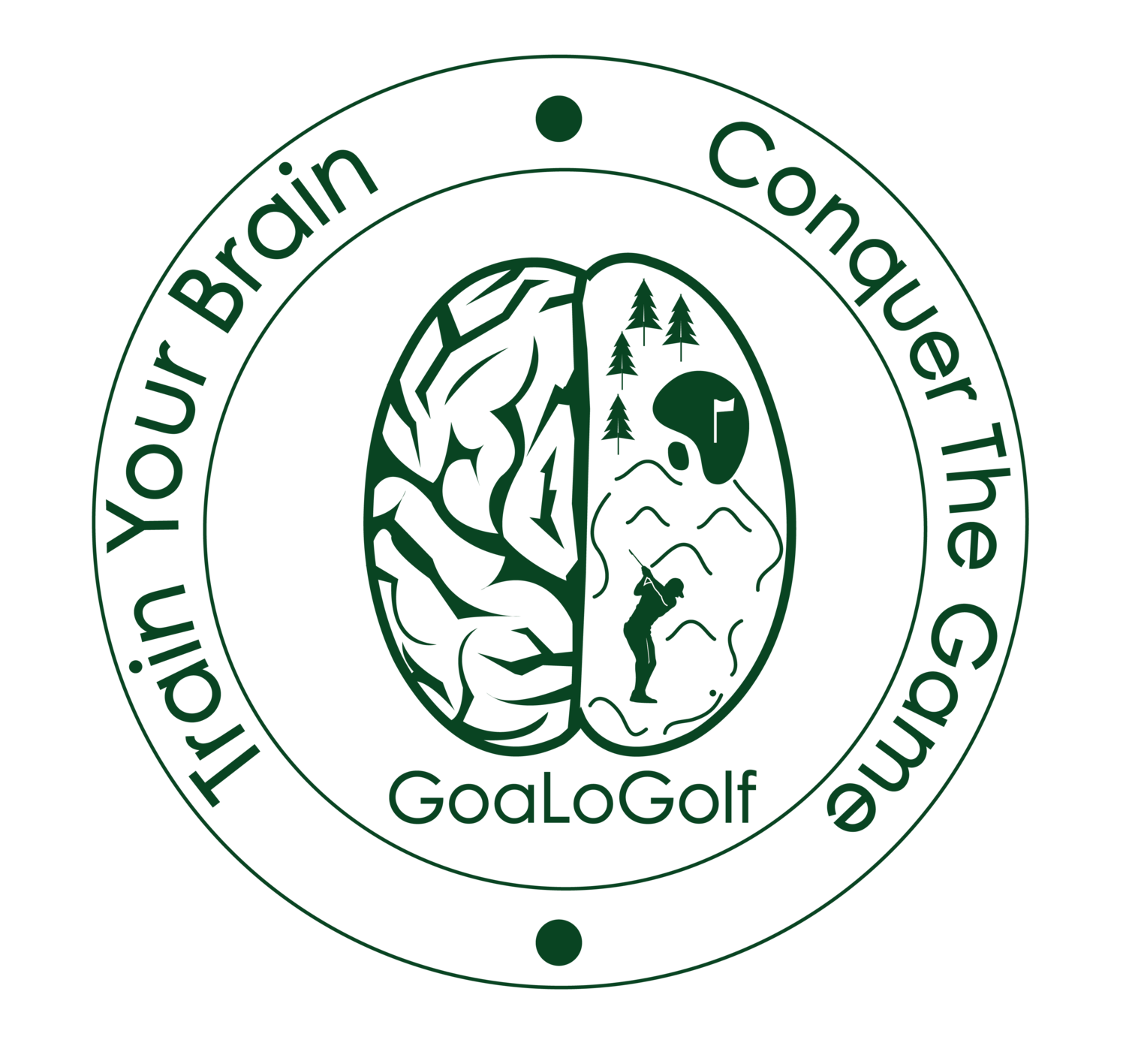One of the few golfers I've seen out there who putts (at least some of the time) using a fundamentally sound approach is two-time major winner Jordan Spieth.
As a neuroscientist, I break down putting into the neural networks that are engaged while accomplishing the task effectively. Most people quickly move to alignment, distance control and proper putting mechanics as critical to making putts. Sure these things are important.
But almost all golfers out there today are relying on the fidelity of their brain's GPS to inform them about those three factors. When they take their eye off the hole they are asking their brain to keep that target in some form of working memory in order to allow the rest of the circuitry to use that information to do its work. The entorhinal cortex, the seat of the brain's GPS is doing a portion of this work to keep the target in the "mind's eye" -- whatever that is.
Instead of trusting the fidelity of that system to accurately inform you about the position of the hole to within 4.5 inches, why not keep the target in your visual field? In plain English, why not look at the hole while you putt?. This simple switch changes the game of putting from having to putt to a picture that you have to create and maintain in your brain to simply putting to the ACTUAL picture! (Yes I'm invoking Earl Woods here, who famously instructed Tiger, "Putt to the picture.") The latter is way easier when you get used to it, especially for players worried about distance control.
Jordan putts while looking at the hole on shorter length putts. I even noticed that Louis Oosthuizen did it on short length putts at the British this past week. Hunter Mahan at a clinic I attended at Half Moon Bay claimed to practice this way as well. All in keeping with sound fundamental neuroscience for getting the neural circuitry to produce more consistent results.
I would argue that the effect is much more dramatic for longer putts than shorter ones, and Spieth could be an even better putter if he committed to the method for every putt he looked at.
Here's why.
That seat of the brain's GPS I was telling you about, the entorhinal cortex has place cells and grid cells ready to fire when a person is in a particular place in his environment. The number of these place cells is much greater for shorter distances than farther distances. When researchers look at slices of the brain they note that greater cell mass corresponds to your immediate vicinity versus further out.
The logical extension is that the fidelity of the "mind's eye" picture is much better for short putts than long ones. Plus your margin of error percentage is about one-half the hole width (2.25 inches) divided by the distance of the putt X 100. For example, if you are 4 feet from the hole, your margin of error is just under 5%, while a 12 footer gives you only a 1.5% error margin. The longer the putt, the less the margin of error for your target acquisition, and, unfortunately, the less neural circuitry there is dedicated to making a high fidelity image at the greater distance. On the other hand the margin of error introduced for not looking at the ball when you are ready to putt is always fixed (as it is the same distance from your eyes for every putt).
In other words, the beneficial effect of looking at the hole (not the ball!) can be even more dramatic at longer distances.
If you look at putts gained for the professionals, the average putts to hole out from 8 feet is about 1.5 (roughly a 50% make probability) and the average putts to hole out from 16 feet is about 1.8 (a 20% make probability). Would you rather your 8 foot make probability go up by 10% over the field or your 16 foot make probability go up by 10% over the field?
Now this is a somewhat rhetorical question as improving your target acquisition by looking at the hole is going to increase both make percentages, but the strokes gained by doing so for the longer putts is 0.8 for every 10 putts of 16 feet versus 0.5 for every 10 putts from 8 feet.
There's more to gain over the field by making a few more longer putts per round. Also the fidelity of the picture in your brain stands to improve more for the longer putts while looking at the hole versus shorter putts. I maintain that Spieth would be a better putter if he committed to the technique wholesale.
Now before you go trying this out at home (and I wholy encourage it - no disclaimer here) , know that there is a learning curve to the switch. Stubbing putts while you are adjusting your brain to a consistent setup is a possibility. But a committed putter can make this transition in one or two sessions and never look back or fear a mishit putt again. It is far easier to train the brain to know exactly where the ball is then to know EXACTLY where the hole is. Commit to this and perhaps you could putt better than Spieth!
Want to learn more about how neuroscience can inform and improve your practice and thus your game? Contact me at sangoram at goalogolf dot com.
